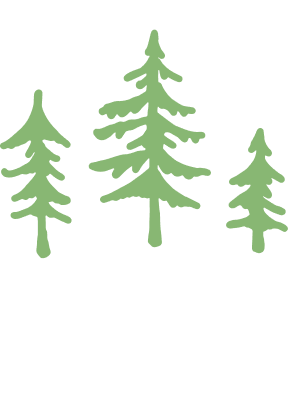What is Morocco Known For Historical Landmarks
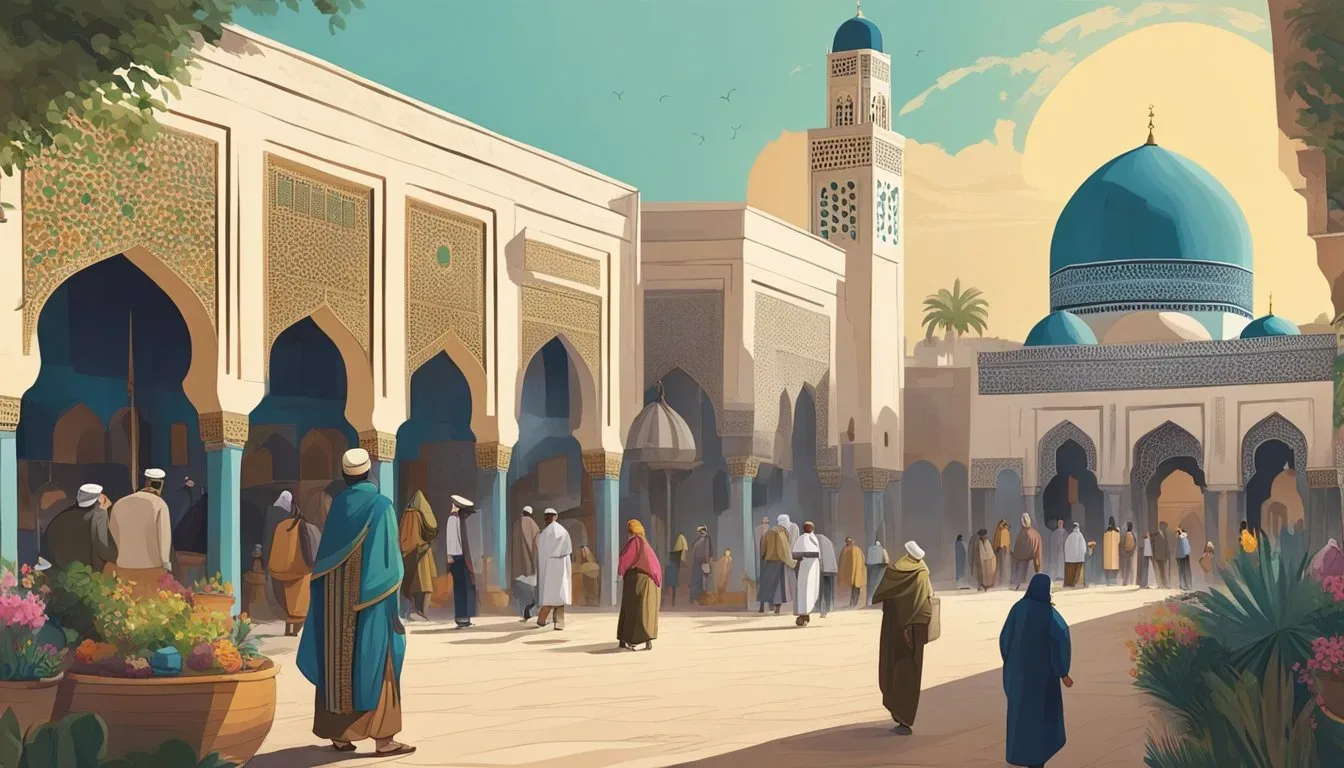
Morocco is a country with a rich history and culture, and its historical landmarks are a testament to this fact. From ancient cities to historic mosques to Roman ruins, Morocco has a lot to offer to history buffs and travelers alike.
Ancient Cities
Morocco is home to several ancient cities that have been well-preserved over the centuries. One such city is Fez, which is considered to be the cultural and spiritual capital of Morocco. Fez is known for its well-preserved medieval architecture, including the ancient ramparts, the old city gates, and the narrow alleyways of the medina.
Another ancient city worth visiting is Marrakech, which was founded in the 11th century. Marrakech is known for its bustling souks, historic palaces, and the famous Jemaa el-Fnaa square, which is a UNESCO World Heritage Site.
Historic Mosques
Morocco is also known for its historic mosques, which are some of the most beautiful and impressive buildings in the country. One such mosque is the Hassan II Mosque in Casablanca, which is the third-largest mosque in the world. The mosque is known for its stunning architecture, which combines traditional Moroccan design with modern elements.
Another historic mosque worth visiting is the Koutoubia Mosque in Marrakech, which was built in the 12th century. The mosque is known for its beautiful minaret, which is the tallest structure in Marrakech and can be seen from almost anywhere in the city.
Roman Ruins
Morocco was once part of the Roman Empire, and there are several well-preserved Roman ruins in the country. One such site is Volubilis, which was a Roman city that was abandoned in the 3rd century. The ruins of Volubilis are now a UNESCO World Heritage Site and are known for their well-preserved mosaics and architecture.
Another Roman site worth visiting is the Chellah Necropolis in Rabat, which was once a Roman city and later became a Muslim necropolis. The site is known for its well-preserved Roman ruins, including the remains of a temple, a forum, and a triumphal arch.
Related Posts:
- How To Plan A 12 Days Tour From Casablanca – Morocco: A Comprehensive Guide
- 7-Day Morocco Itinerary From Marrakech: A Perfect Guide For Exploring The Best Of Morocco
What is Morocco Known For

Morocco is a country with a rich and diverse cultural heritage that has been shaped by its history, geography, and people. From its traditional music and dance to its crafts and textiles, Morocco is known for its vibrant and unique cultural traditions that have been passed down through generations.
Cultural Heritage
Traditional Music and Dance
Morocco is famous for its traditional music and dance, which are an integral part of its cultural heritage. The country has a rich musical tradition that is influenced by a variety of different cultures, including Arabic, Berber, and African. Some of the most famous Moroccan musical styles include chaabi, gnawa, and Andalusian music.
In addition to its music, Morocco is also known for its traditional dance. Some of the most popular Moroccan dances include the chaabi, the ahidous, and the guedra. These dances are often performed at weddings, festivals, and other cultural events.
Crafts and Textiles
Morocco is also known for its beautiful crafts and textiles, which are made using traditional techniques that have been passed down through generations. Some of the most famous Moroccan crafts include pottery, metalwork, and wood carving.
Moroccan textiles are also highly prized for their intricate designs and vibrant colors. Some of the most famous Moroccan textiles include the woolen blankets known as boucherouite, the embroidered silk fabrics known as sfifa and the colorful rugs and carpets known as kilims.
Cuisine
Moroccan cuisine is renowned for its bold flavors and unique combinations of spices and ingredients. Some of the most famous Moroccan dishes include tagine, couscous, and harira soup. These dishes are often made with a variety of different meats, vegetables, and spices, including cinnamon, cumin, and saffron.
Moroccan cuisine is also known for its use of preserved lemons, olives, and other ingredients that are used to add flavor and depth to dishes. In addition to its savory dishes, Morocco is also famous for its sweet pastries and desserts, such as baklava and chebakia.
Related Posts:
- How Do Moroccans Eat Couscous: Unveiling The Cultural Delight
- Top Rooftop Cafes In Essaouira For Breathtaking Views And A Relaxed Atmosphere
- The Ultimate Guide To Shopping For Souvenirs In The Marrakech Souks (Without Getting Lost)
- Best Places To Eat In Marrakech Medina: A Guide To The Top Restaurants And Cafes
- Tamegroute Pottery And Ceramic In Marrakech: A Guide To The Traditional Craft
What is Morocco Known For
Morocco is a country located in North Africa, known for its vibrant culture, colorful architecture, and diverse landscapes. The country is also known for its natural wonders, which include the Sahara Desert, the Atlas Mountains, and the Mediterranean and Atlantic Coasts.
Natural Wonders
Sahara Desert
The Sahara Desert is one of the largest deserts in the world, covering over 3.6 million square miles. In Morocco, the desert is a popular destination for tourists who want to experience camel rides, sandboarding, and camping under the stars. The desert’s unique landscape of dunes, oases, and rocky plateaus provides a stunning backdrop for travelers to explore.
Atlas Mountains
The Atlas Mountains run through Morocco and offer a beautiful contrast to the country’s desert landscapes. The mountain range is home to the highest peak in North Africa, Jebel Toubkal, which stands at 13,671 feet. The mountains are also home to traditional Berber villages, where travelers can experience local culture and hospitality.
Mediterranean and Atlantic Coasts
Morocco’s coastline stretches for over 1,000 miles and is home to some of the most beautiful beaches in the world. The Mediterranean coast is known for its clear waters and white sandy beaches, while the Atlantic coast is known for its rugged coastline and world-class surf spots. Some of the most popular beach destinations in Morocco include Essaouira, Agadir, and Tangier.
Morocco’s natural wonders offer a unique and diverse travel experience for visitors. From the vast Sahara Desert to the stunning Atlas Mountains and beautiful coastline, there is something for everyone to explore and enjoy.
Related Posts:
- Visiting Morocco In Winter: Best Places To Stay And Warmest Locations
- Why You Should Visit The Sahara Desert In Morocco
What is Morocco Known For: Festivals and Events
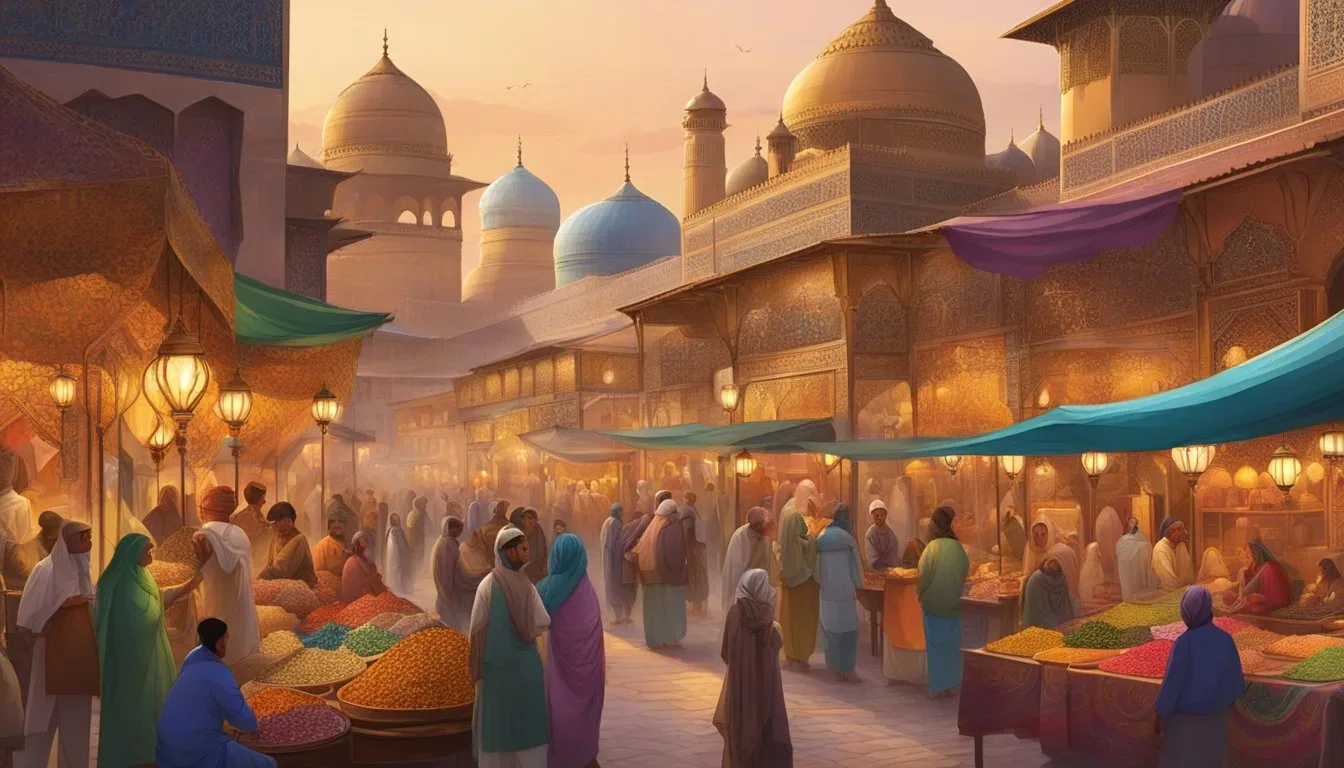
Morocco is a country that is known for its vibrant and colorful festivals and events. From music and dance festivals to religious celebrations, there is always something happening in Morocco. Here are some of the most popular festivals and events that Morocco is known for:
Fes Festival of World Sacred Music
The Fes Festival of World Sacred Music is an annual event that takes place in the city of Fes. This festival celebrates the diversity of world music and brings together musicians from all over the world to perform in one of the most beautiful cities in Morocco. The festival takes place over several days and includes concerts, workshops, and other cultural events.
Marrakech International Film Festival
The Marrakech International Film Festival is one of the most prestigious film festivals in Africa and the Middle East. This festival brings together filmmakers, actors, and film enthusiasts from all over the world to celebrate the art of cinema. The festival takes place in the beautiful city of Marrakech and includes screenings of some of the best films from around the world.
Rose Festival
The Rose Festival is an annual event that takes place in the town of Kalaat M’gouna. This festival celebrates the harvest of roses and the production of rose water, which is an important ingredient in Moroccan cuisine and cosmetics. The festival includes parades, music, dance, and other cultural events.
Morocco’s festivals and events are a reflection of the country’s rich cultural heritage and its diverse population. Whether you are interested in music, film, or religious celebrations, there is always something happening in Morocco.
Related Posts:
- Almond Blossom Festival Morocco 2024: Dates, Events, And Everything You Need To Know
- From Fes To Marrakech Visiting Morocco During Ramadan 2024: Best Tips And Guidelines
Economic Contributions
Morocco has a diverse economy that includes agriculture, phosphates mining, and tourism. These sectors have contributed significantly to the country’s economic growth and development.
Agriculture
Agriculture is an essential sector in Morocco’s economy, employing over 40% of the workforce and contributing over 15% of the country’s GDP. Morocco is one of the largest exporters of citrus fruits, vegetables, and fish in the world. The country’s fertile lands and favorable climate make it an ideal place for agricultural production.
Phosphates and Mining
Morocco is the world’s largest exporter of phosphates, a mineral used in fertilizers. The country’s phosphate reserves are estimated to be around 50 billion metric tons, which is about 75% of the world’s total reserves. In addition to phosphates, Morocco also has significant reserves of other minerals, including lead, zinc, and copper. The mining sector contributes over 10% of the country’s GDP.
Tourism
Tourism is a vital sector in Morocco’s economy, contributing over 10% of the country’s GDP and employing over 500,000 people. The country’s rich history, diverse culture, and beautiful landscapes make it a popular tourist destination. Marrakech, Casablanca, and Fez are some of the most visited cities in Morocco. The country also has several UNESCO World Heritage Sites, including the Medina of Fez and the Ksar of Ait-Ben-Haddou.
Related Posts:
Political Structure
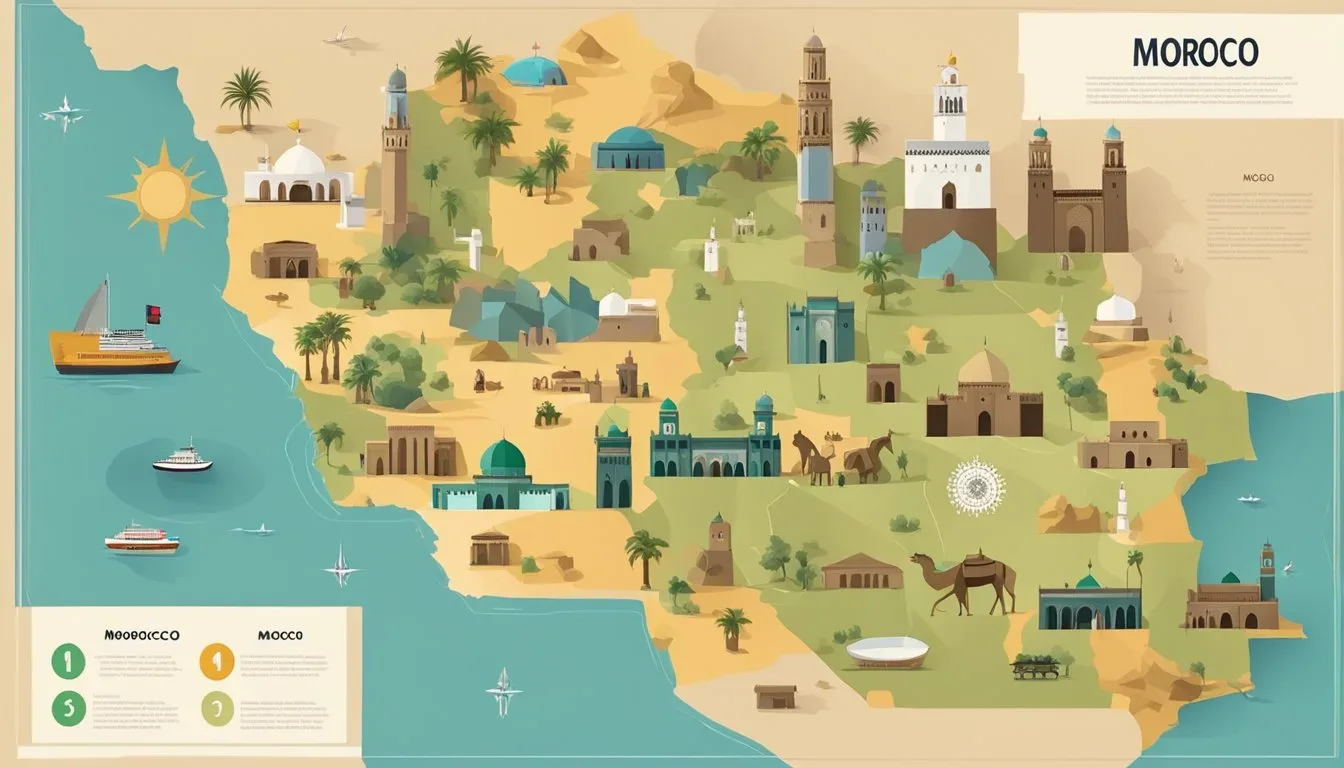
Morocco is a constitutional monarchy with a multi-party system. The country has a parliamentary system with the prime minister as the head of government. The king of Morocco is the head of state and holds extensive executive and legislative powers. The political structure of Morocco is divided into two main branches of government: the monarchy and the government.
Monarchy
The monarchy in Morocco is an important part of the country’s political structure. The King of Morocco, currently King Mohammed VI, is the head of state and holds extensive executive and legislative powers. The monarchy has played a significant role in shaping the country’s political and social development. The King also serves as the Commander-in-Chief of the Moroccan Armed Forces.
Government
The Moroccan government is a parliamentary system with the prime minister as the head of government. The government is responsible for the day-to-day administration of the country. The Moroccan parliament is composed of two chambers, the House of Representatives and the House of Councillors. The House of Representatives is directly elected by the people, while the House of Councillors is indirectly elected.
The government of Morocco is responsible for implementing policies and laws that affect the country’s economic, social, and political development. The government is also responsible for managing the country’s relationships with other nations and international organizations.
In summary, the political structure of Morocco is a constitutional monarchy with a multi-party system. The monarchy and the government are the two main branches of the political system. The King of Morocco holds extensive executive and legislative powers, while the government is responsible for the day-to-day administration of the country.
What Morocco Known For Religious Significance
Morocco is a country with a rich religious history and diverse cultural heritage. The majority of Moroccans are Muslims and their religious practices are an integral part of the country’s social fabric. In addition, Morocco has a significant Jewish population, which has contributed to the country’s unique religious landscape.
Islam in Morocco
Islam is the dominant religion in Morocco, with about 99% of the population being Muslims. The country has a long history of Islamic scholarship and has produced many notable scholars and thinkers. The Islamic faith is deeply ingrained in Moroccan culture and is reflected in the country’s architecture, art, and traditions.
Morocco has many important Islamic landmarks, including the Hassan II Mosque in Casablanca, which is one of the largest mosques in the world. The mosque’s minaret is the tallest in the world, standing at 210 meters. The city of Fes is also home to many important Islamic sites, including the University of Al Quaraouiyine, which is considered the oldest continuously operating university in the world.
Jewish Heritage
Morocco has a rich Jewish heritage, with a history dating back over 2,000 years. The country was once home to a large Jewish population, and many Jews still have strong ties to Morocco. The Jewish community has contributed significantly to the country’s culture, particularly in the areas of music, art, and cuisine.
Today, the Jewish population in Morocco is much smaller than it once was, but the country still has many important Jewish landmarks. The city of Marrakech has a Jewish quarter, known as the Mellah, which is home to many synagogues and other Jewish sites. The city of Essaouira is also home to a large Jewish cemetery, which is a popular tourist attraction.
Overall, Morocco’s religious significance is an important part of the country’s cultural heritage. Its rich Islamic and Jewish traditions have contributed to the country’s unique identity and have helped to shape its history and culture.
Art and Literature
Morocco has a rich cultural heritage that is reflected in its art and literature. The country has produced many eminent artists and writers who have contributed significantly to the world of art and literature. In this section, we will explore some of the most notable contributions of Morocco in the field of art and literature.
Moroccan Cinema
Moroccan cinema has gained international recognition in recent years. The country has produced many talented filmmakers who have won numerous awards at international film festivals. The film industry in Morocco is relatively young, but it has already made a significant impact on the global film scene.
One of the most notable films to come out of Morocco is “Casanegra,” directed by Nour Eddine Lakhmari. The film explores the lives of two childhood friends who become involved in the criminal underworld of Casablanca. The film was a critical and commercial success and won several awards at international film festivals.
Literary Works
Moroccan literature is rich and diverse, reflecting the country’s cultural and linguistic heritage. The country has produced many notable writers who have contributed significantly to the world of literature. Moroccan literature encompasses various genres, including poetry, prose, theater, and nonfiction.
One of the most famous Moroccan writers is Tahar Ben Jelloun, who has won several international literary awards. His works have been translated into many languages and have been widely acclaimed for their exploration of the human condition. Another notable writer is Driss Chraibi, who wrote extensively about Moroccan society and culture.
Morocco is also known for its oral literature, which includes storytelling, poetry, and music. The country has a rich tradition of storytelling, and many of its folktales and legends have been passed down through generations.
In conclusion, Morocco’s art and literature have made significant contributions to the world of culture. The country’s cinema and literature have gained international recognition, and its rich oral tradition continues to inspire artists and writers around the world.
Relevant facts:
- Moroccan cinema has gained international recognition in recent years.
- One of the most notable films to come out of Morocco is “Casanegra,” directed by Nour Eddine Lakhmari.
- Tahar Ben Jelloun is one of the most famous Moroccan writers.
- Morocco has a rich tradition of storytelling, and many of its folktales and legends have been passed down through generations.
Education and Research
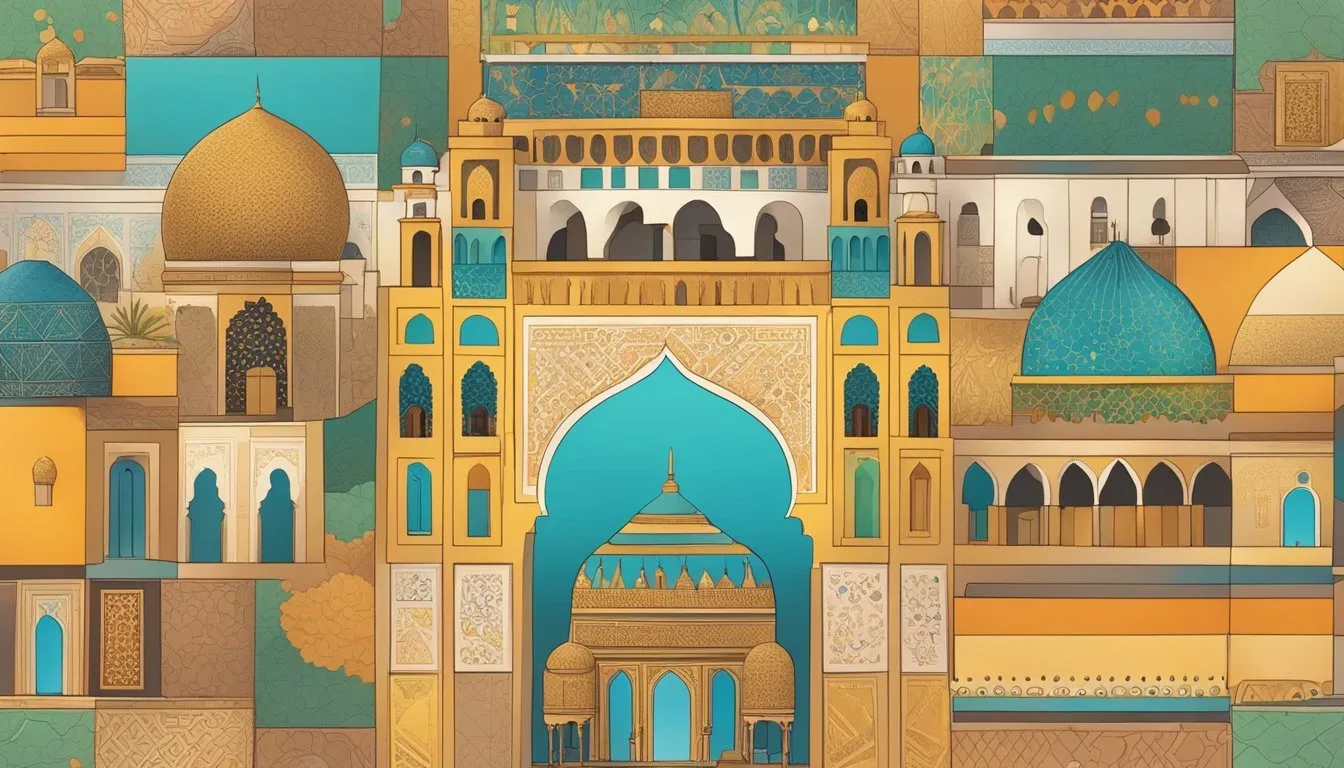
Morocco has made significant progress in improving its education system over the years, with education being mandatory for children between the ages of 6 and 15 years. According to Britannica, Morocco allocates approximately one-fifth of its budget to education, with much of it being spent on building schools to accommodate the rapidly growing population. While access to formal schooling has expanded significantly over the past few decades, learning outcomes remain stubbornly poor.
Universities
Morocco has several universities that offer a range of courses in various fields. The oldest university in the country is the University of Al Quaraouiyine, which was founded in 859 AD in Fez. Today, the university is known for its Islamic and Arabic studies programs, as well as its research in fields such as history, geography, and science. Other notable universities in Morocco include Mohammed V University in Rabat, Hassan II University in Casablanca, and Cadi Ayyad University in Marrakech.
Scientific Institutions
Morocco has many scientific institutions that conduct research in various fields. According to WENR, deep-rooted challenges plague Morocco’s education system, including a lack of research culture and a shortage of qualified researchers. However, the country has made efforts to address these challenges, establishing institutions such as the Moroccan Foundation for Advanced Science, Innovation, and Research (MAScIR), which focuses on research in biotechnology, nanotechnology, and renewable energy.
Overall, Morocco’s education and research landscape is evolving, with the government making efforts to improve access and outcomes in education and to promote research and innovation in various fields.
Sports and Leisure
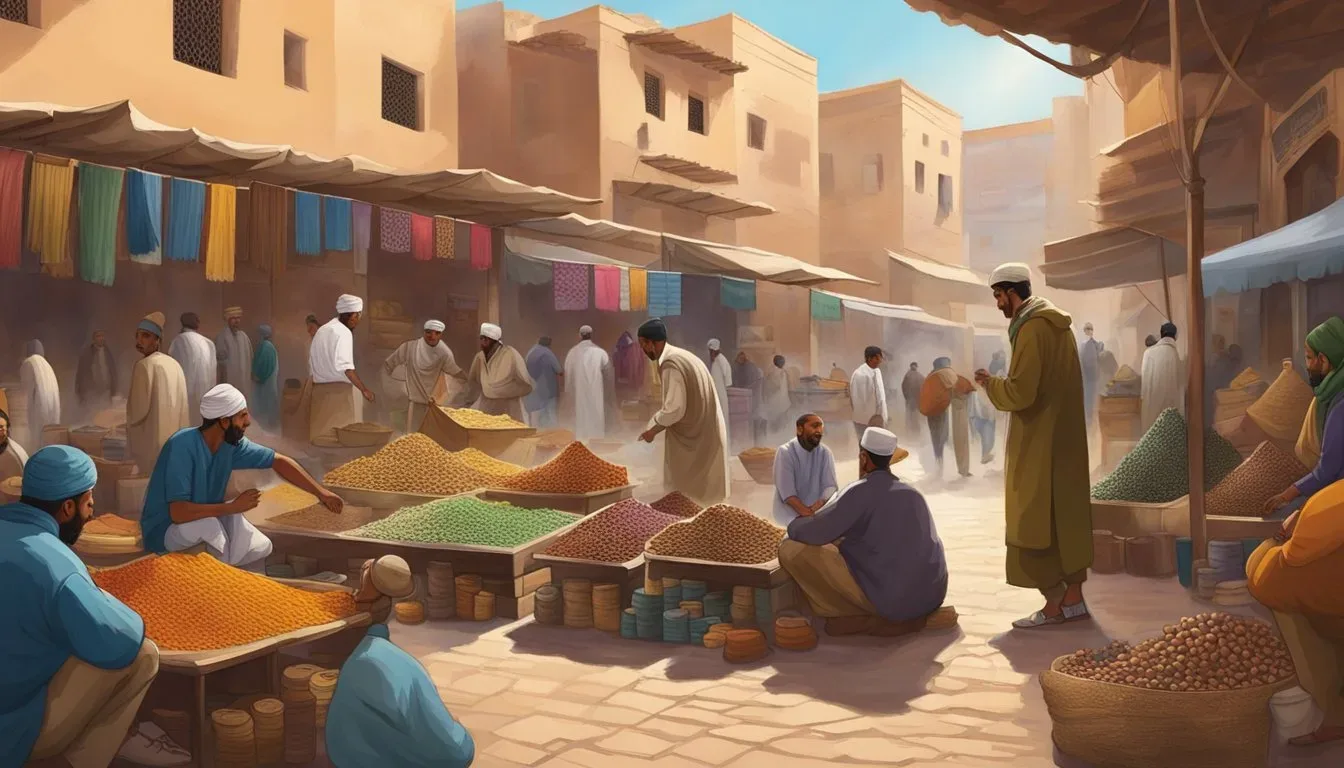
Morocco is known for its love of sports and leisure activities. Football, also known as soccer, is the most popular sport in Morocco, with many young people dreaming of becoming professional football players. Morocco’s national football team has a strong reputation in Africa and has qualified for the FIFA World Cup five times. 1
Golf is another popular sport in Morocco, with many world-class golf courses available throughout the country. The Royal Golf Dar Es Salam in Rabat, for example, is a championship course that has hosted many international golf tournaments. 2
Football
Football is an essential part of Moroccan culture, and it is played by people of all ages and backgrounds. The Moroccan football league, known as Botola, is the top professional league in the country. It features 16 teams from across the country and attracts a lot of attention from fans and media. 1
Morocco has produced many talented football players who have gone on to play for top European clubs. Some of the most famous Moroccan footballers include Mustapha Hadji, Marouane Chamakh, and Adel Taarabt. 1
Golf
Golf is a sport that has gained popularity in Morocco in recent years, thanks to the development of world-class golf courses throughout the country. Golf courses in Morocco are known for their stunning views and challenging layouts. 2
Morocco has hosted many international golf tournaments, including the Hassan II Trophy, which is one of the most prestigious golf tournaments in the world. The tournament attracts top golfers from around the world and is held annually at the Royal Golf Dar Es Salam in Rabat. 2
In conclusion, Morocco is known for its love of sports and leisure activities, with football and golf being two of the most popular sports in the country. Whether you are a professional athlete or a casual sports enthusiast, Morocco offers a wide range of sports and leisure activities to suit all tastes and interests.




